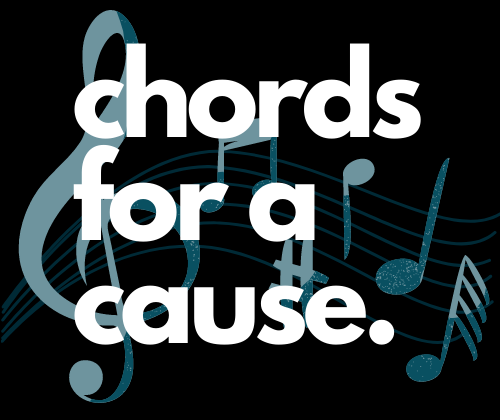The History of Christmas Carols


A carol, from the French root “carole” is a song or dance of praise and joy. While often taken for granted during our holiday seasons, they have a long history that dates back thousands of years. When they were first written, carols were not specifically for Christmas. Instead, they were pagan songs, usually sung on the shortest day of the year, Winter Solstice, as communities celebrated and danced around stone circles. This event usually happened around December 22nd every year.
Songs started symbolizing Christian celebrations as early as 129 A.D. After the very first sparks of Christmas music, European artists started writing “Christmas carols,” but they were unpopular among many because they were written and sung in Latin and other European languages that most people couldn’t understand. By the 1200s, or the Middle Ages, most individuals lost interest in celebrating Christmas altogether.
St. Francis of Assisi changed this thought in 1223 when he started his Nativity Plays in Italy. The characters in his plays sang songs that encapsulated stories and moods. Sometimes, the choruses of the songs were in Latin, but usually, they were in a language that most people could understand and sing along. These new carols spread to France, Spain, Germany, and other European countries.
Regretfully, only a tiny fragment of old carols are still sung today. In the 1640s, the tradition abruptly stopped when the Puritans came to power in England. The few carols that survived are alive because people sang them in secret.
Next time you’re at your neighbor’s doorstep or at your church, appreciate the long history of the carols you’re singing and the centuries it took for O Come, O Come Emmanuel, Silent Night, and the songs you love to be composed.

